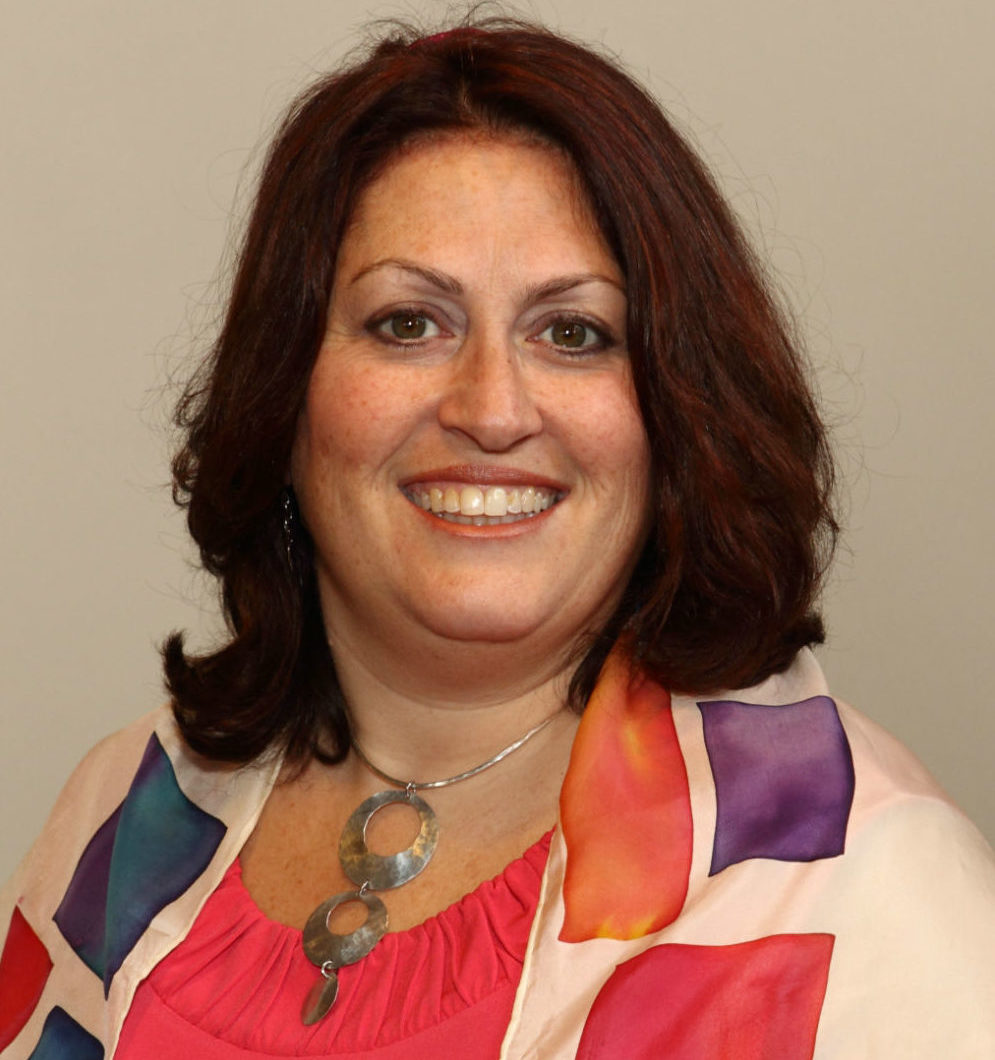“Diamonds are a girl’s best friend,” so the song says. And so might be rubies, sapphires, amethysts, and the whole gamut of precious and semi-precious stones that shine and shimmer when dangling from a bracelet or sitting pretty in a ring. And why not – they sparkle and shine, and the many variations and colors can be imbued with meaning and symbolism.
We use these gemstones as reminders of things that are important to us: parents wear the birthstones of their children on necklaces, women wear reminders of important events on bracelets, couples wear stones and rings on fingers to help us carry both the joy and obligations of committed relationships wherever we go. And these gemstones, gifts from deep in the earth, seem ordained by nature or God to serve us in this way.
Yet it is also true that most of the world’s gemstones are sourced from war-torn countries where the gems have underwritten the cost of ongoing civil war, or are processed in the sweat and blood of child laborers, or mined using methods that leave paths of ecological devastation. Despite 20 years of concerted NGO and government efforts, so-called “blood diamonds” remain a significant funding source for some of Africa’s most brutal and devastating conflicts. And in Myanmar, the world’s largest supplier of jade and rubies, military and political corruption have slowed reforms in working conditions to the point where 110 miners were killed in a landslide this past November. Human rights abuses and unsafe working conditions abound in the gem industry around the world.
Knowing this, can we still enjoy those beautiful stones?
In this week’s parashah (Tetzaveh), the Israelites are instructed to make a breastplate for the High Priest. It was to be made of gold encrusted with twelve stones: “The first row shall be a carnelian, a chrysotile, and an emerald; the second row, a turquoise, a sapphire and an amethyst; the third row: a jacinth, an agate and a crystal; and the fourth row: a beryl, a lapis lazuli and a jasper…. Each of these stones was engraved with the name of one of the sons of Israel or tribes.”
In one of the rare instances when an explanation is provided, we are told, “[he] shall carry the names of the sons of Israel on the breast piece of decision over his heart, when he enters the sanctuary, for remembrance before the Lord at all times.” This breastplate clearly serves as a sacred and holy reminder to the priest of who he is representing as he enters the Holy of Holies – much like our gemstone jewelry does today.
Earlier in Exodus, we are told that if we make items for the service of God, we must take care in how we make them. “When you make me an altar of stone, do not build it of hewn stones, if you lift a tool upon it you will profane it.” (Exodus 20:21) Iron tools are for war – and not appropriate for the creation of something so sacred and holy.
Over the centuries, scholars and commentators have wondered how you could build something as magnificent as the ancient Temple or so refined and detailed as the breastplate of the High Priest, with its engraved and polished stones, without iron tools. They have come up with all sorts of explanations including the magic “shamir” – a worm that could eat its way through stone and therefore cut it without metal tools.
But regardless of its actual implementation, the message of our parashah is clear – how we gather our stones, refine, cut and polish them, is just as important as the final product. And the tools of war have no place in such beauty. This idea was so important in the mind of the rabbis that, although they came up with ways around the “no hewn stone” commandment for the building of the Temple, they insisted that the stones of the breastplate must have been made using the shamir – how else could its creation be sanctioned? (Talmud Sotah 48b)
Today, we do not have access to the shamir to mine and cut our stones for us. But we do have ways to guarantee that they have been mined with methods that respect human dignity and the earth. Companies like Brilliant Earth provide documentation for their ethically-sourced and conflict-free gemstones. Other organizations like Human Rights Watch and Global Witness provide information and background on gemstone manufacturers and importers. Simply asking the neighborhood jeweler where they get their gemstones and how they are processed can get a conversation started, raise awareness and lead to greater efforts to police and reform the industry. And making responsible decisions as consumers and purchasers of gemstones can guarantee that the bling we sport can be as God, or this week’s Torah portion, intended them to be.
Elyse Wechterman is the Executive Director of the Reconstructionist Rabbinical Association. Prior to this poistion, she served as a pulpit rabbi for Congregation Agudas Achim in Attleboro, MA for 13 years. Rabbi Wechterman was ordained by the Reconstructionist Rabbinical College in 2000. She lives in Massachusetts with her husband and two children.

